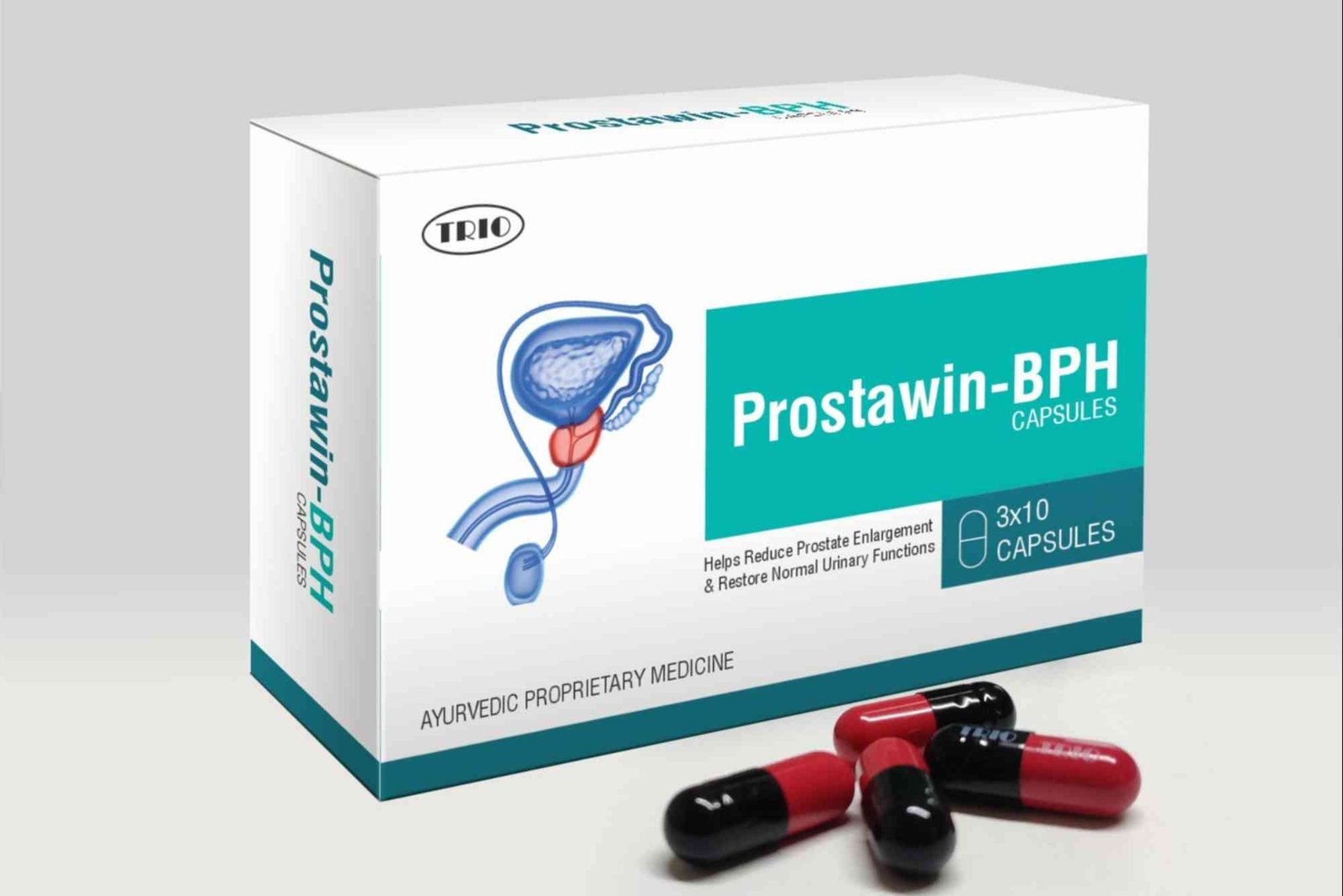Introduction
If your goal this year is to lift heavier, perform better, and feel stronger, you’re in the right place. This How To Increase Strength In Gym — Complete Guide (2025) will walk you through everything you need to know about building real, lasting strength. Whether you’re a beginner or an experienced lifter, strength training isn’t just about lifting heavier weights; it’s about smart programming, proper recovery, and consistency. Let’s dive into how you can optimize your workouts, diet, and lifestyle to unlock your body’s full potential.
Understanding What Strength Really Means
Strength is the ability of your muscles to produce force against resistance. It’s not just about muscle size—it’s about how effectively your nervous system communicates with your muscles to generate power. Strength training enhances this neuromuscular connection, allowing you to perform daily tasks, improve athletic performance, and prevent injuries. In the gym, increasing strength means improving your capacity to lift heavier loads with proper technique and control.
Why Strength Training Matters More Than Ever in 2025
With modern lifestyles becoming more sedentary, developing strength has become crucial for overall health. According to the CDC – Physical Activity, adults should engage in muscle-strengthening activities at least twice a week to maintain optimal health. In 2025, more people are focusing on strength-based fitness routines because they support metabolism, bone density, posture, and even mental well-being.
The Science Behind Strength Gain
To understand how to increase strength in gym — quick guide, you must grasp the fundamentals of muscle adaptation. When you lift weights, your muscle fibers experience tiny tears. During recovery, your body repairs these fibers, making them thicker and stronger. Strength growth relies on three core principles: progressive overload, recovery, and nutrition. Without these working together, your strength gains will plateau.
The Power of Progressive Overload
Progressive overload means gradually increasing the demands on your muscles. This can be achieved by adding more weight, increasing reps, or improving training intensity. The goal is to continually challenge your muscles so they adapt and grow stronger. For example, if you can squat 100 kg for eight reps, aim to do nine next week or add 2.5 kg. Small, consistent improvements lead to massive long-term gains.
Essential Compound Movements for Maximum Strength
Compound exercises are the foundation of strength training. These multi-joint movements engage multiple muscle groups simultaneously, helping you lift more efficiently and effectively.
Squats: Strengthen your legs, hips, and core. Focus on deep, controlled movements.
Deadlifts: Engage your entire posterior chain—hamstrings, glutes, and lower back.
Bench Press: Develop upper body pushing strength, targeting chest, shoulders, and triceps.
Overhead Press: Builds shoulder and core stability.
pull-ups and Rows: Improve pulling power and grip strength.
These exercises are key to improving strength across all areas of the body. Stick to 3–5 sets of 4–8 reps for maximum results.
The Role of Proper Form and Technique
Form is everything in strength training. Poor technique increases the risk of injury and reduces performance efficiency. Always start with a manageable weight that allows you to complete each rep with perfect form. Record your lifts or ask a trainer to evaluate your movement patterns. Proper breathing also matters—exhale during exertion and inhale during recovery.
How to Structure Your Strength Training Program
An effective strength program includes variation, progression, and recovery. Train each major muscle group twice per week with compound lifts and accessory exercises. A typical weekly structure might look like this:
- Day 1: Lower Body (Squats, Deadlifts, Lunges)
- Day 2: Upper Body (Bench Press, Pull-ups, Rows)
- Day 3: Rest or Active Recovery
- Day 4: Lower Body (Front Squats, Romanian Deadlifts)
- Day 5: Upper Body (Overhead Press, Dips, Curls)
- Day 6–7: Rest
Consistency and progression are key. Track your workouts, rest adequately, and avoid training to failure every session.
Nutrition for Strength Gains
Your diet plays a crucial role in how efficiently your body builds strength. To lift heavier and recover faster, prioritize protein, complex carbohydrates, and healthy fats.
- Protein: Essential for muscle repair. Aim for 1.6–2.2g per kilogram of body weight daily.
- Carbs: Fuel for training sessions and recovery. Whole grains, fruits, and vegetables are ideal.
- Fats: Support hormone function and joint health—include sources like avocados, nuts, and olive oil.
- Hydration: Even mild dehydration can reduce strength performance, so drink plenty of water throughout the day.
A balanced diet ensures your muscles have the energy and nutrients needed for consistent progress.
Recovery: The Secret to Getting Stronger
Your muscles grow outside the gym, not inside it. Recovery is when your body rebuilds muscle fibers and strengthens your nervous system. Aim for at least seven to eight hours of quality sleep per night. Incorporate rest days, stretching, and mobility work to prevent overtraining. Foam rolling and massages can also help reduce muscle stiffness and improve circulation.
The Role of Mindset and Consistency
Strength building requires patience and persistence. You won’t double your squat overnight, but consistent training will yield results. Set realistic goals, celebrate small victories, and focus on progress rather than perfection. Visualization and positive reinforcement can also enhance performance, helping you stay motivated when workouts get tough.
Supplements That Support Strength Development
While supplements aren’t magic, they can complement your training and nutrition. Some scientifically backed options include:
- Creatine Monohydrate: Increases energy for explosive lifts.
- Protein Powder: Helps meet daily protein targets conveniently.
- Beta-Alanine: Reduces fatigue during intense sets.
- Fish Oil: Supports joint health and reduces inflammation.
Always consult a professional before starting any supplement routine.
Common Mistakes to Avoid in Strength Training
Many gym-goers fail to see progress because of avoidable errors. Here are a few to watch out for:
Training too often without adequate rest, neglecting form for heavier weights, ignoring nutrition, skipping warm-ups and mobility work, and failing to track progress. Addressing these mistakes ensures steady, injury-free strength improvement.
Tracking Your Strength Progress
Measure your progress through both numbers and performance. Keep a workout journal to record lifts, reps, and sets. Notice how your endurance, stability, and form improve over time. Regular testing, like one-rep maxes, can also show tangible progress. Remember, consistency beats intensity—slow, steady improvement leads to lasting strength.
Benefits Beyond Physical Power
Increasing strength in the gym isn’t just about muscles. It improves posture, enhances metabolism, and boosts confidence. Stronger individuals often experience better focus, reduced anxiety, and greater resilience. Strength training is one of the most empowering habits you can build for your body and mind.
Strength Training for All Levels
Whether you’re new to lifting or an experienced athlete, strength training adapts to your level. Beginners should focus on mastering form and building a solid foundation, while intermediate lifters can refine techniques and add more volume. Advanced athletes can experiment with periodization and specialized programs to overcome plateaus.
Incorporating Cardio for Balance
While the main focus is strength, cardio still matters. It improves circulation, aids recovery, and enhances endurance. Low-intensity cardio like walking, swimming, or cycling a few times a week complements your strength training without compromising muscle growth.
Realistic Timeline for Strength Gains
Results vary based on genetics, nutrition, and effort. Most beginners notice strength improvements within 4–6 weeks. Visible muscle changes may take longer, but consistent training ensures progress. Strength building is a marathon, not a sprint, and every workout counts toward your long-term success.
Now that you’ve read this How To Increase Strength In Gym — Complete Guide (2025), it’s time to apply what you’ve learned. Start with the basics, stay consistent, and focus on steady improvement. Visit how to increase strength in gym — quick guide for more practical strategies and workout tips. For broader health and exercise knowledge, check out sports & fitness insights and keep learning from trusted resources like the CDC – Physical Activity.
Building strength is about more than lifting heavy—it’s about building discipline, resilience, and confidence that extends beyond the gym. Stay patient, stay strong, and let your results speak for themselves.
(FAQs)
How long does it take to increase strength in the gym?
Most beginners notice strength improvements within 4–6 weeks of consistent training. However, visible muscle changes take longer, depending on diet and recovery.
Should I lift heavy or light to gain strength?
For strength gains, lifting heavier weights with lower reps (4–8 per set) is most effective. Ensure proper form to avoid injury.
Can cardio reduce strength gains?
Excessive cardio can interfere with strength progress, but moderate low-intensity cardio supports recovery and heart health.
What should I eat to increase strength?
Consume protein-rich foods like chicken, eggs, and legumes, along with complex carbs and healthy fats to fuel muscle repair and growth.
How often should I train to build strength?
Training each major muscle group twice per week is optimal. Include rest days to allow recovery and prevent overtraining.
Is creatine safe for strength training?
Yes, creatine is one of the most researched supplements and is safe for most people when taken at recommended doses. It helps boost energy and strength output during workouts.








